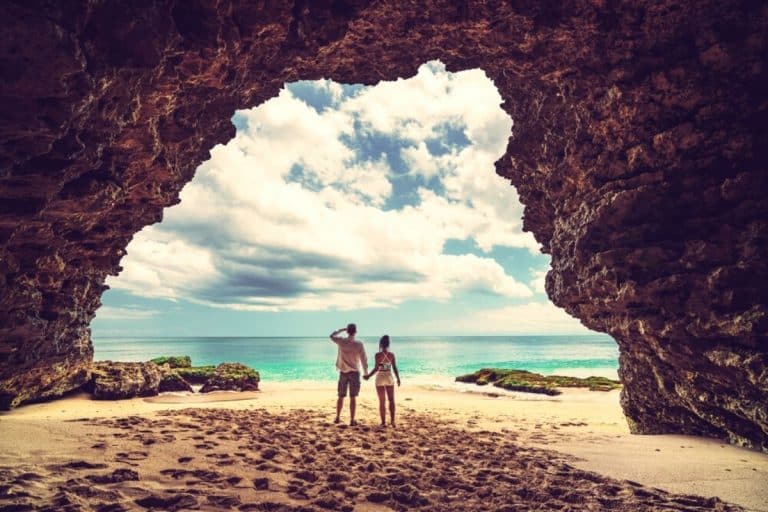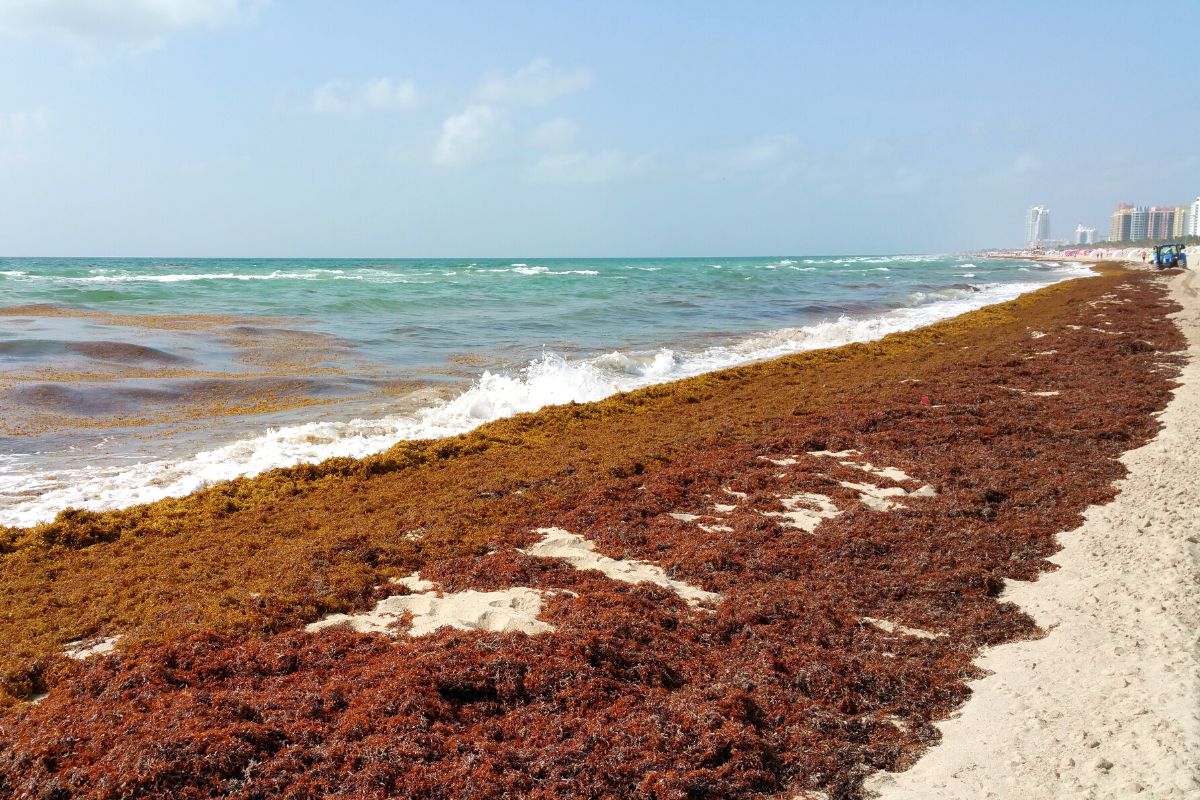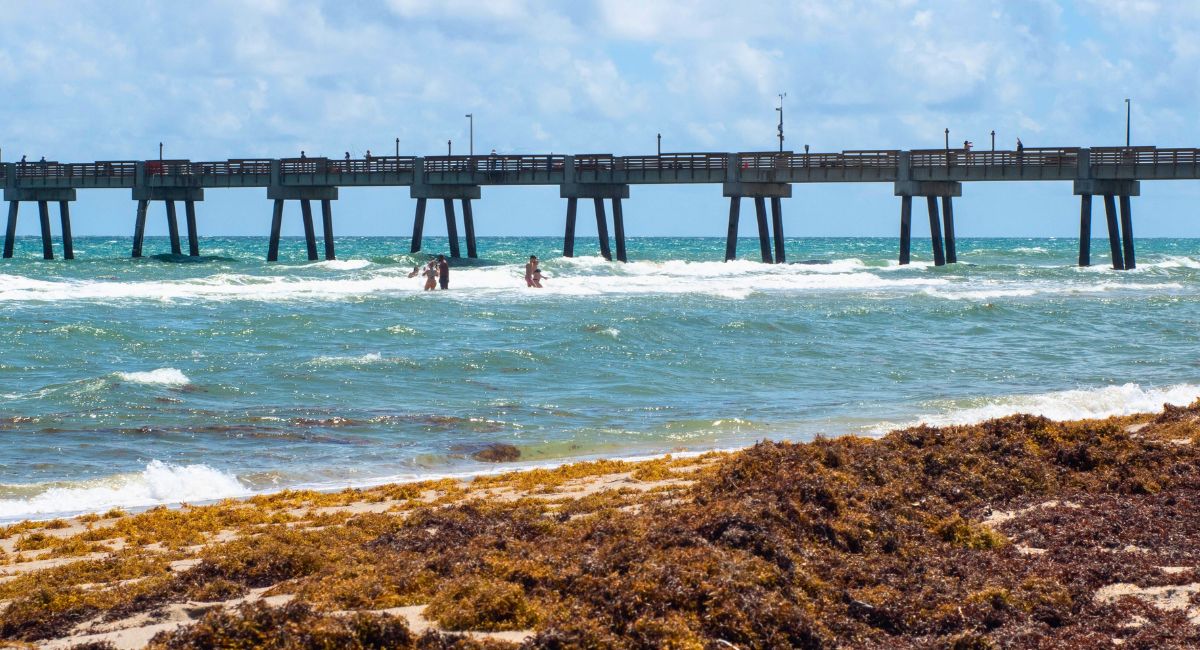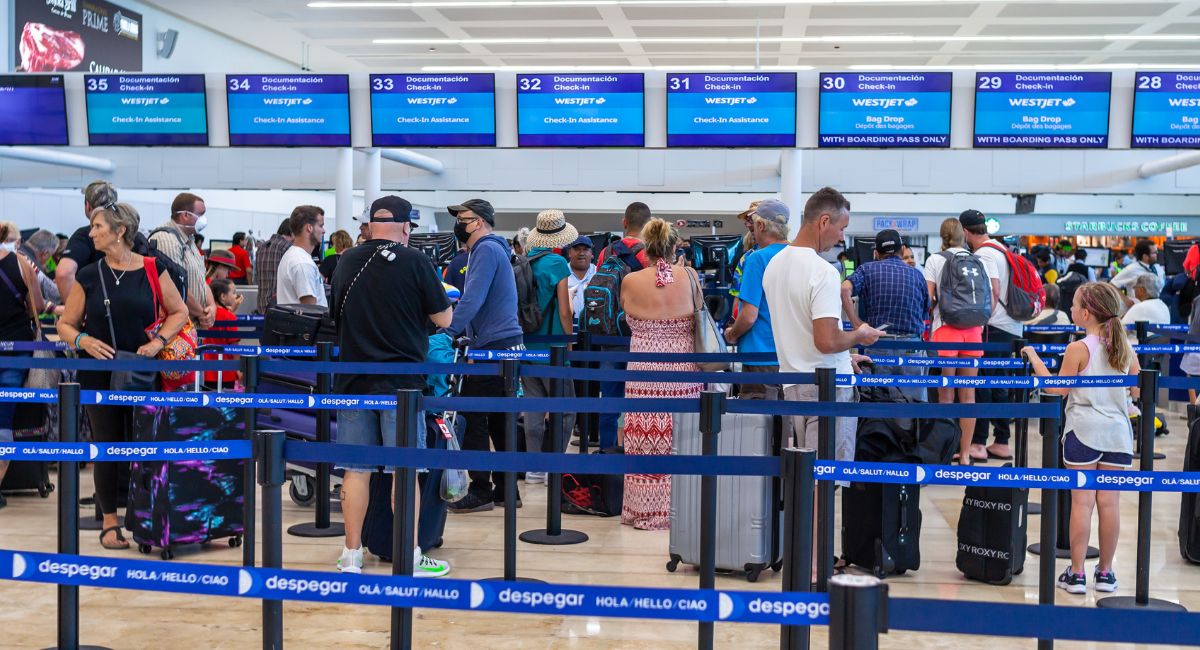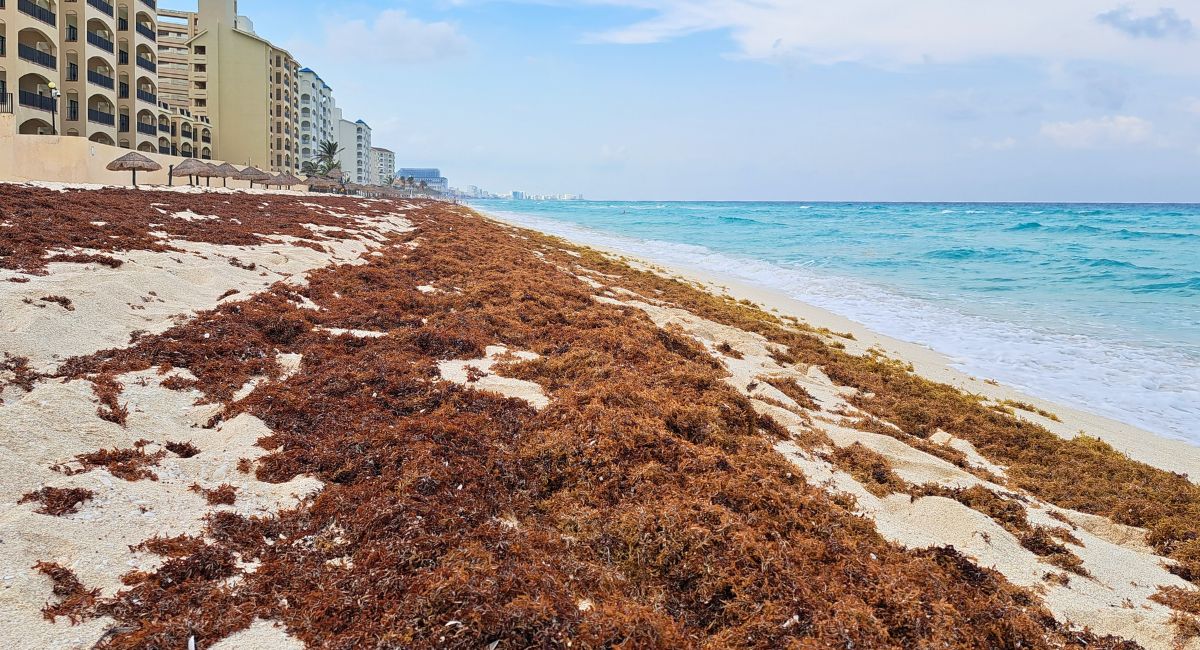According to Tjok Gede Pemayun, the head of the Bali Tourist Board, an average of 30,000 new tourists per day have arrived in Bali in the last three weeks.
The Eid Al-Fitr holiday was the key turning point for the steady increase in tourist arrivals, according to the official. That weekend, Bali witnessed the highest number of visitors in two years.
Australians traditionally flock to Bali during the winter school vacations in May and June and Bali responds by offering all-inclusive packages that are too great to pass up.
Although some Covid-19-related pre-entry restrictions remain, flying to and from Bali is as easy now as it was before the pandemic.
Everything is virtually back to normal now that the visa on arrival (VoA) has returned and travelers no longer have to languish in an expensive quarantine or take lots of Covid-19 tests before departure and after arrival.
What is not normal is the concern expressed by Tjok Gede Pemayun that Australians may be disappointed to find that some of their favorite stores, cafes, and bars are not yet at full capacity or have closed for good.
Bali’s economy has suffered a severe setback, with unemployment reaching more than 40%. But once again, the Balinese have shown their tenacity. Many returned to their villages where they started a small business or worked in the fields with their relatives.
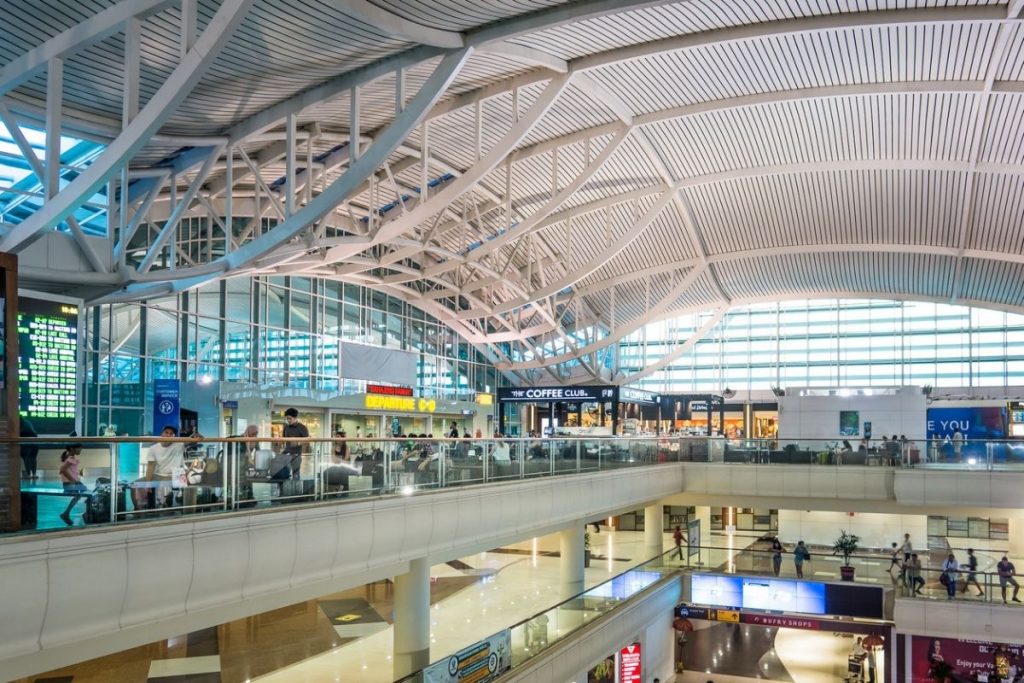
Meanwhile, Vice President Ma’ruf Amin expressed confidence that Bali’s tourism economy will soon recover. He cited a decline in Covid 19 cases across the country and an increase in booster vaccinations among Bali locals as reasons.
On Tuesday, Amin made the statement when he visited the micro, small and medium enterprise (MSME) sector on Jerman Beach in Badung, Bali.
“Today, I visited the beach to monitor MSMEs, and I saw that the community’s economic activities in Bali, especially in Kuta, have started to grow (again),” he said.
“This shows that Bali has actually recovered. Thus, foreign tourists, as well as local tourists, do not need to worry about coming to Bali,” he added.

